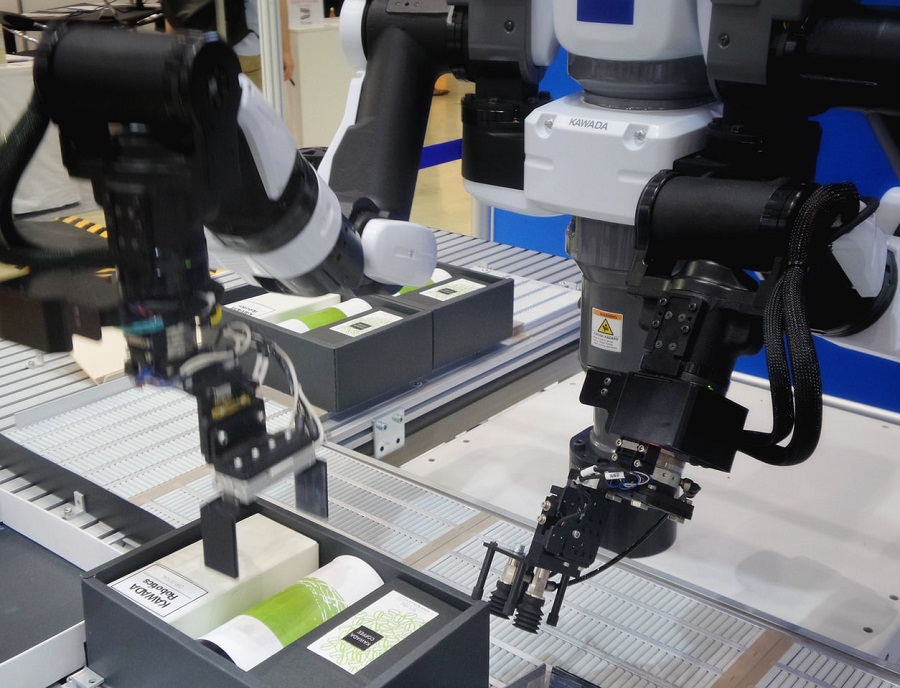Have you heard of the term “cognitive technology” before? While this term is fairly new, the methods are not. In fact, you might have already been using cognitive technologies without knowing.
From talking to Siri on your mobile phone to using a plagiarism checker in your essay, you may already be familiar with this type of technology.
If you want to find out more about cognitive technology read the article below. We have rounded up the basic facts including what the term means and how it applies to your day-to-day life.

What We Mean by Cognitive
To define cognitive technology, it’s important to take a look at what the word “cognitive” means.
According to Very Well Mind, the word cognitive refers to “the mental processes involved in gaining knowledge and comprehension.” Specifically, these processes include “thinking, knowing, remembering, judging, and problem-solving.”
When you’re caught in a tough situation and try to resolve it, your cognition is at work. When your brain remembers something, your cognition is also working. Even now, as you’re reading this, your cognition is in action.
Overall, we can say that this term refers to anything that is related to, or involved in, conscious intellectual activity.
What is Cognitive Technology?
Now that we understand what cognitive means, you may be wondering how it relates to technology. As you may already know, computers cannot think. Specifically, this is because they do not possess the depth and intellect of the human brain.
However, with recent advancements in science and technology, most computers now have features that enable them to do certain tasks which were traditionally performed only by humans. Some of these skills include recognizing a particular voice, clustering and categorizing data, and much more.
When this happens, we call it cognitive technology. Cognitive technology is designed to mimic functions of the human brain. Some of these functions include natural language processing, data mining, and pattern recognition.
You may already be familiar with the term artificial intelligence (AI). Well, simply put, cognitive technology is a subset of AI.
Examples of Cognitive Technology
To help you better understand cognitive technology, let's take a look at how we use it in our everyday lives.
Your Netflix Recommendations
Have you ever wondered how Netflix manages to recommend you TV series that impressively match your interests? Well, this is one example of cognitive technology. Specifically, Netflix uses machine learning to recognize certain patterns.
By looking at what videos and series the user has previously watched or searched for, the platform can collect similarities from those results and come up with recommendations that possess those same features and characteristics.
This method is extremely successful and accounts for over 80% of the shows that a user will watch.
Siri and Alexa
Of course, your favorite virtual assistants are also great examples of cognitive technologies.
They both rely on natural language generation, language processing, and machine learning in order to detect voice sounds, comprehend what the sounds mean, and provide an appropriate response to them.
They are used as an app on most smartphones and tablet devices. Their main purpose is to respond to voice commands with helpful and relevant answers.

The Bottom Line
Are you impressed with cognitive technology? Well, you certainly should be. Decades ago, the thought of technology being able to do tasks associated with human intelligence seemed like a child’s dream.
Now, as the world welcomes a more advanced and high-tech lifestyle, such inventions are considered to be a normal part of life.
Last updated on August 3rd, 2020 at 03:42 am






